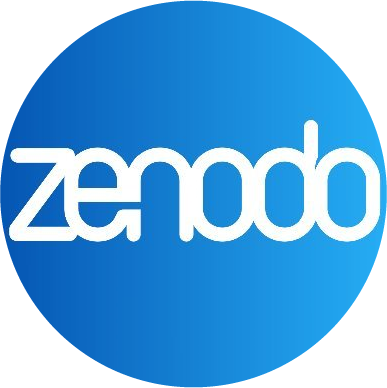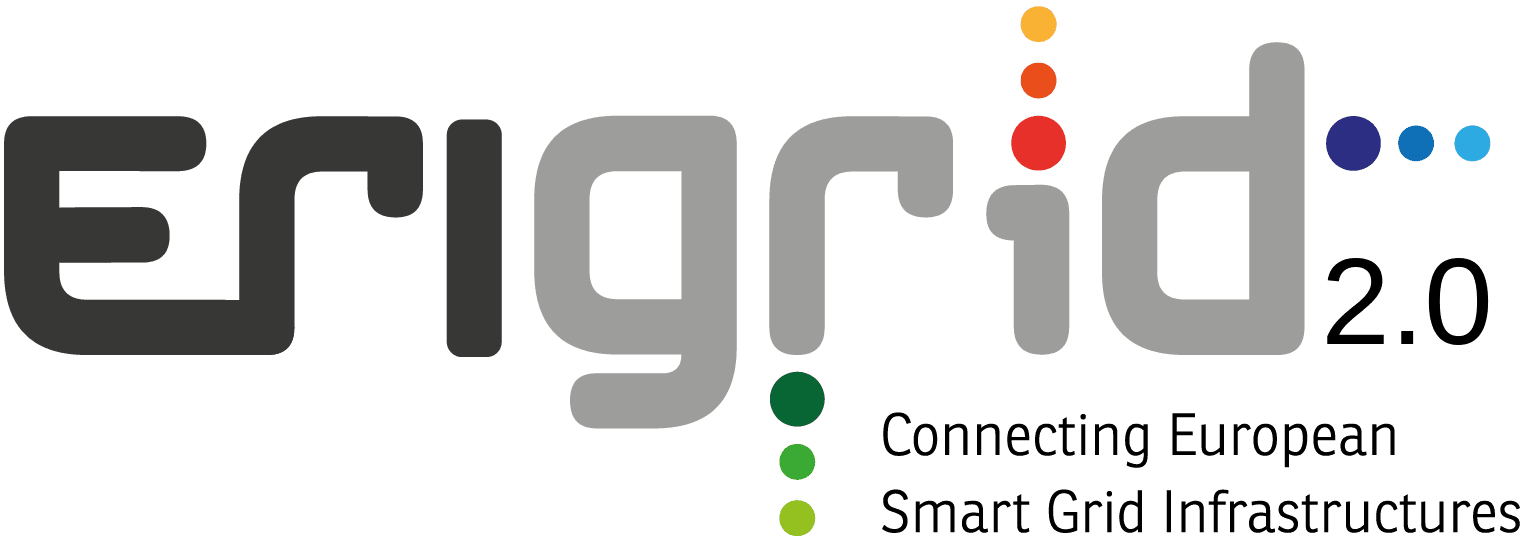The figure below provides an overview of the ERIGrid 2.0 concept supporting the technology development, validation and roll out of smart grid and smart energy systems approaches in Europe. The target of this integrating activity is the systematic validation and testing of smart grid and smart energy systems configurations as well as research on renewable technologies from a holistic, cyber-physical systems point of view. It follows a multi-domain approach. As a result, support for the expected upcoming large-scale roll out of new concepts, technologies and approaches will also be possible fostering innovation in the European research area related to power and energy systems.

ERIGrid 2.0 Structure in Work Packages (WP) and Activities
![]() WP1 – Project Coordination and Management
WP1 – Project Coordination and Management
Leader: AIT
This work package deals with the realisation of an effective administrative and management infrastructure of ERIGrid 2.0 throughout all phases, including effective internal procedures, communication, reporting and meetings. A focus is on the successful coordination of the project by objectives in regard to time, budget, legal and contractual issues. Moreover, an efficient risk, quality, and change management will be implemented.
WP14 – Ethics Requirements
Leader: AIT
This work package sets out the ‘ethics requirements’ that the project must comply with.
The NAs are related to the promotion of physical and virtual lab access possibilities, dissemination, collaboration with the extended research infrastructure network, international collaboration access management, innovation management and open access based exploitation, staff exchange, training and education, and the identification of scenarios and test case profiles.
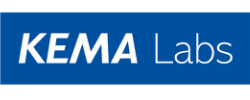 WP2 – NA1 – Innovation Management, Open Access Exploitation, and Stakeholders Involvement
WP2 – NA1 – Innovation Management, Open Access Exploitation, and Stakeholders Involvement
Leader: KEMA Labs
This work package aims at seamlessly continuing the coherent management of innovations that originated from H2020 ERIGrid into the ERIGrid 2.0 activities that also aim to support the smart grid and smart energy systems technology development at large. A dedicated project Data Management Plan (DMP) will be made to govern that all data is managed properly and according to all governing rules and regulations. International collaboration with relevant stakeholders, i.e. relevant associations, research and industrial institutions, and policy makers related to validation and testing of smart energy systems, is foreseen and will be performed in a structured and targeted manner. The significant involvement of the consortium partners in different international standardisation bodies and technical committees will be leveraged to exchange relevant insights directly with stakeholders as well as capture project results in a manner that will outlive the project itself.
 WP3 – NA2 – Dissemination, Communication and Collaboration
WP3 – NA2 – Dissemination, Communication and Collaboration
Leader: DERlab
The aim of this work package is the creating of a strong project image and establishing the right dissemination and communications tools. The establishing and synchronisation of dissemination and collaboration activities with other European and international and national projects, initiatives and networks as well as with the EC is one of its core objectives. Also, a coherent dissemination and communication of non-confidential scientific results of the NA’s and JRA’s to the scientific community and industry as well as to other relevant stakeholder groups (incl. policy makers) during the project execution, following the open access policy of H2020 is in the focus. Finally, performed in this work package is dissemination of the lab access opportunities to the potential users from research, academia and industry.
 WP4 – NA3 – Education and Training of Professionals, Researchers and Students
WP4 – NA3 – Education and Training of Professionals, Researchers and Students
Leader: ICCS-NTUA
There is a clear need for efficient educational methods to promote the energy transition, while digitalisation of the energy system is also an important driver. University curriculums need to be updated, professionals should be trained, and retrained and young researchers should be offered opportunities for innovation. New skills and capacities are necessary in the contemporary complex environment, such as interdisciplinary background and complex system understanding. In this framework, the main objective of this work package is to efficiently educate researchers, students, and professionals on smart grid, smart energy systems, and renewables research. The excellent facilities of the project consortium will be used to provide advanced education and training (physically and remotely). The activities will leverage on the advancements of the JRAs in order to create advanced educational material and tools. An online resource centre for education and training on smart grid and smart energy systems will be created, offering publicly the material and tools, while aiming to promote replicability. Moreover, learner-centred educational methodologies will be applied, such as challenge-based learning and experience-based learning, to increase the engagement of the learners, combined with advanced technical solutions.
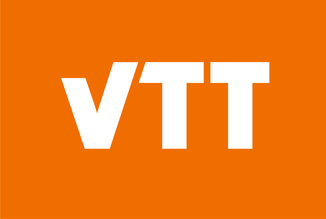 WP5 – NA4 – Iterative Creation of Scenarios and Test Case Profiles
WP5 – NA4 – Iterative Creation of Scenarios and Test Case Profiles
Leader: VTT
The objective of this work package is to provide the project with relevant scenarios, test case profiles, and use cases and to maintain them updated throughout the whole project duration. In order to achieve this, major trends affecting research and validation processes will be investigated, with a special focus on new aspects such as interoperability testing or distributed computing. The scenario descriptions will define requirements, actors, etc. on a functional level. These functional scenarios will be developed towards use cases with a broad domain view (for instance, cyber security or sector coupling cases). This work package will also harmonise the development taken for holistic test procedures, for instance, in terms of standards, test reporting methods and extension to simulation cases. A close cooperation with project’s research activities, stakeholders as well as other relevant actors in order to continuously update and maintain the scenario and use case sets is foreseen. A process will be defined for this purpose. This work package will also communicate the scenario, test cases, and use cases work widely together with project dissemination activities.
 WP6 – NA5 – Management and Organisation of Research Infrastructure (RI) Access Activities
WP6 – NA5 – Management and Organisation of Research Infrastructure (RI) Access Activities
Leader: TECNALIA
The main goal of this WP is the management of the lab access activities (henceforth “TA” for “Transnational Access” and “VA” for “Virtual Access”) provided free of charge to external users. This includes all phases of the process, from the TA call launching up to the reception of the mandatory reporting by the users once the access has accomplished. Despite VA will be continuously provided and not subjected to periodic calls and to a selection procedure, this type of access must be also supervised and its provision conditions clearly specified. At the beginning of the project, this work package will define the TA/VA programme and the supporting tools. Experiences and lessons learned from H2020 ERIGrid (and to a lesser extent, also from FP7 DERri) will be considered to improve the access procedures and interfaces to be used by users, host infrastructures, and even User Selection Panel (USP) members in charge of the independent users’ proposal evaluation.
With the physical lab access (from here on referred to as “Transnational Access”, TA) and virtual access (VA) activities industrial and academic researchers are targeted, providing them with best environment to validate, test and further improve their research results.
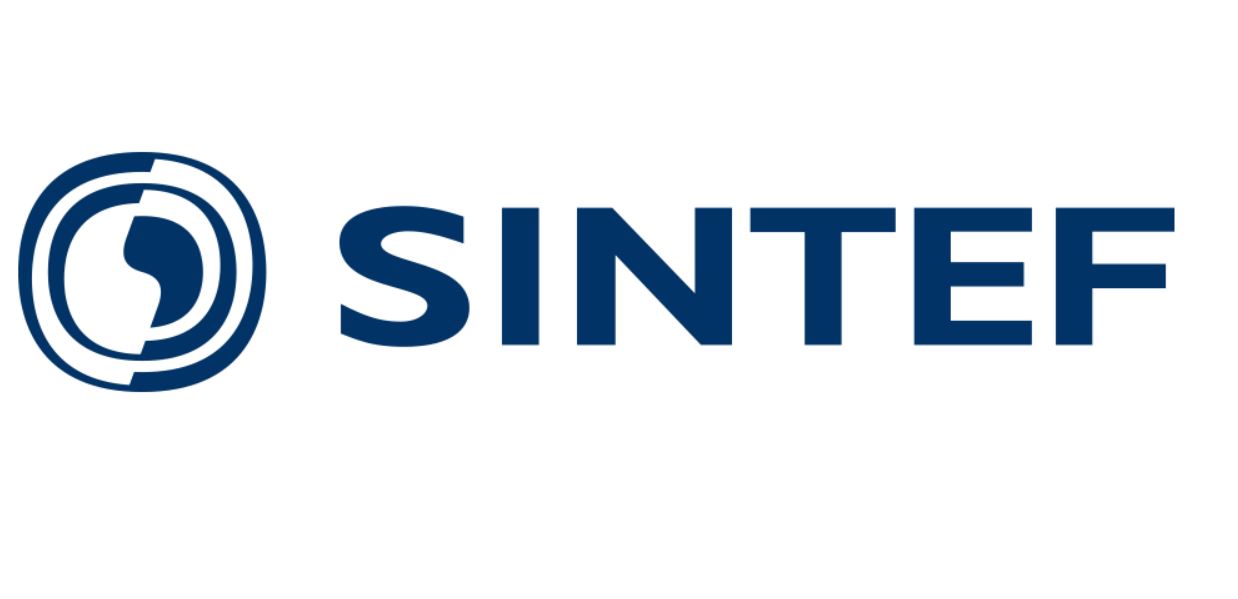 WP7 – TA1 – Facilities for Transient Power System Dynamics and Control Validation
WP7 – TA1 – Facilities for Transient Power System Dynamics and Control Validation
Leader: SINTEF
The main goal of this TA activity work package is the provision of access to facilities allowing a much more detailed characterisation of smart grid components as well as the testing and validation of small-scale system configurations like microgrids. The focus is on lab experiments which are more suitable for studying power system dynamics and inverter control but also co-simulation and HIL are also applicable. The RI will be enhanced with methods and tools developed in the corresponding NAs and JRAs during the project duration. In addition, a further major goal is to harmonise and integrate the distributed infrastructure provided by the ERIGrid 2.0 partners.
 WP8 – TA2 – Facilities for Smart Energy Systems Integration and Validation
WP8 – TA2 – Facilities for Smart Energy Systems Integration and Validation
Leader: University of Strathclyde
The main goal of this TA activity work package is the provision of access to facilities allowing the validation and testing of large-scale smart grid and smart energy systems configurations. Therefore, the focus is on using co-simulation and HIL approaches together with laboratory equipment – if necessary – in a combined manner allowing a more detailed analysis of a specific system-level configuration. Additional focus will be on the implementation of multi-RI experiments where appropriate and the utilisation of the holistic testing description developed in H2020 ERIGrid. The RIs will be enhanced with methods and tools developed in the corresponding joint research activities during the project duration (i.e., JRA1-JRA4). In addition, a further major goal is to harmonise and integrate the distributed infrastructure provided by the ERIGrid 2.0 partners.
![]() WP9 – VA – Virtual Access to Data and Services for Smart Energy Systems Research
WP9 – VA – Virtual Access to Data and Services for Smart Energy Systems Research
Leader: RWTH Aachen
In addition to the visiting grants for transnational access, ERIGrid 2.0 also provides free of charge access to virtual data and services and widely used resources needed for research that are openly and freely available through communication networks. Virtual Access should offer a casual access with minimal administrative overhead in order to attract new users. In this work package, existing software projects data sets are made available under open access licenses to a broader audience.
The JRAs focus on the further development and improvements of system-level design, development, and validation concepts, methods, and corresponding tools as well as the extension of research infrastructure services to allow industrial and academic researchers get access to the best suited smart grid and smart energy systems research infrastructure in Europe.
 WP10 – JRA1 – Enhanced Validation Methods, Concepts, Procedures, and Benchmark Criteria
WP10 – JRA1 – Enhanced Validation Methods, Concepts, Procedures, and Benchmark Criteria
Leader: OFFIS
The purpose of this work package is to develop a methodical basis for validation of test cases with application to the benchmark cases identified in NA4. This entails statistically sound methods to account for variation in the technical procedures for test specification, implementation, execution and result evaluation (Design of Experiments). Furthermore, it is researched how result reliability can be maintained while upscaling or expanding the scope of a test system. The main goal of the work package is to provide a set of reference cases and method guidelines to foster comparability, reproducibility and scalability of experiments with a holistic scope. The work package results will be illustrated via examples relevant to the domain.
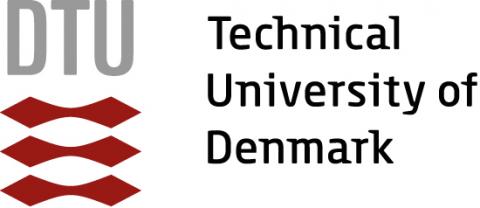 WP11 – JRA2 – Improved and Extended Real-Time/Co-simulation and HIL Tools
WP11 – JRA2 – Improved and Extended Real-Time/Co-simulation and HIL Tools
Leader: DTU
The purpose of this work package is to move beyond the state of the art of interconnecting (coupling) multiple instances of non-real-time simulators, real-time simulators, hardware-in-the-loop components and physical laboratory equipment. These areas should be extended to accommodate tests which span multiple test infrastructures, multiple domains and/or which incorporate message-based communication. Specifically, JRA2 aims to demonstrate the multi-domain cosimulation of physical infrastructures involving multiple time scales. It will also develop and demonstrate methods for the coupling of real-time simulators with co-simulation and HIL, to support distributed and remote experiments. Furthermore, it is planned to accommodate and harmonise the representation of message-passing, communicating processes in remote HIL, real-time simulation and co-simulation as well as combinations of these. This creates the ability to simulate e.g. hierarchical control systems, peer-to-peer markets or other complex and distributed systems in which the communication between multiple processes cannot be efficiently represented as time-continuous, numerical signals. As the complexity of heterogenous simulation setups grows, the establishment, maintenance, documentation, deployment and reproduction of the overall configuration is be-coming an increasingly tedious and error-prone task. JRA2 aims to develop a joint system description across domains and infrastructures, and to demonstrate a set of automated or semiautomated mechanisms for configuration management.
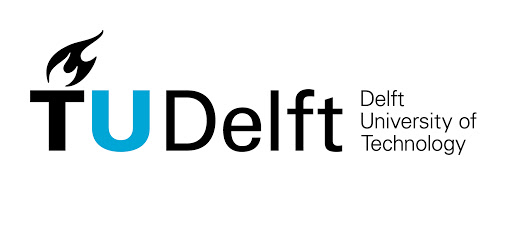 WP12 – JRA3 – Improved and Extended Services (RI integration, coupling, and automation)
WP12 – JRA3 – Improved and Extended Services (RI integration, coupling, and automation)
Leader: TU Delft
Increased lab integration to conduct specialised simulations has necessitated the development of lab inter-facing and data exchange as standardised services. The goal of this JRA is to improve and extend well-established frameworks such as VILLAS and JaNDER with required new features for TA and remote TA usage. The extended services developed in JRA3 will help in seamlessly connecting different user groups with various lab facilities. This makes the collaboration within test setups more efficient, flexible, and accessible. The different simulation techniques such as co-simulation and HIL require specialised services such as time synchronisation, time stamping, or coordination between the simulation staff. The services extended and developed under this JRA enable users to connect (to) laboratories of their choice, independent of physical locations, and conduct any type of smart energy simulation desired. To achieve these objectives, JRA3 will first develop all shared services, then demonstrate their utility with an abstract prototype, then implement simulation specific services and integration and automation services.
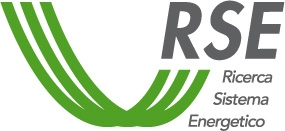 WP13 – JRA4 – Integration and Demonstration of Services in the Extended Research Infrastructure
WP13 – JRA4 – Integration and Demonstration of Services in the Extended Research Infrastructure
Leader: RSE
The scope of this work package is to demonstrate the services made available by the ERIGrid 2.0 extended RI. This infrastructure, composed by a combination of simulators, HIL and physical labs, allows to extend the testing capabilities of a single facility. The integration of the research infrastructures enables additional domains that are not locally available, and which can be provided by another facility in terms of simulation or physical components. Therefore, the JRA4 will allow to increase the number of feasible test cases, demonstrating the extended services provided by multi-RIs. Starting from the scenarios and use cases defined in NA4 and from the experiences developed in H2020 ERIGrid, a list of useful test cases will be defined. The interconnection methodologies and the tools for the simulation, co-simulation, HIL and distributed lab developed and validated in JRA2 and JRA3 will be implemented in the RIs and used to demonstrate the services of the ERIGrid 2.0 extended RI, by means of the test cases defined.


